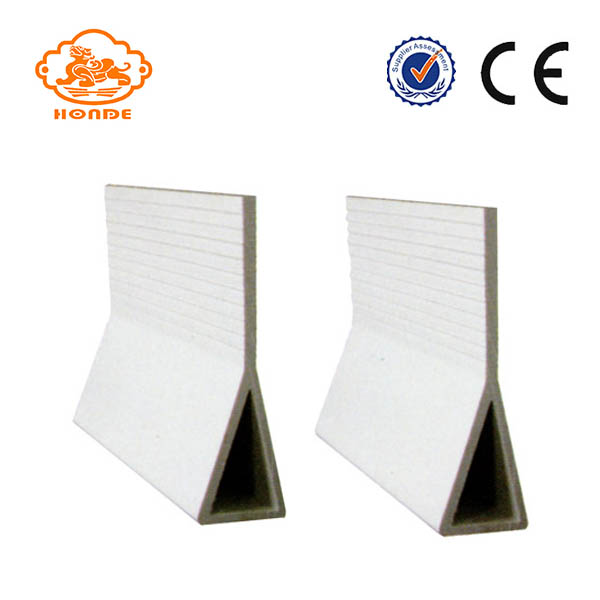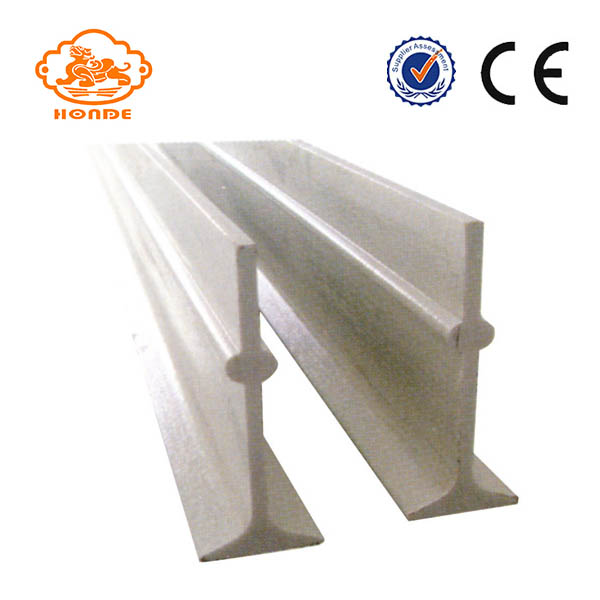First, breeding methods: 1, tuber breeding. The small tubers that were born in the year were mixed with moist sandy soil, stored in a cool place, and then planted in the winter or next spring. In spring, in March, before planting water, tubers are soaked with 5% turfgrass or 50% carbendazim 1000 times or 0.005% potassium permanganate solution or vinegar 300 times for 2 to 4 hours, after drying The tubers were planted according to size, spacing 16-20 cm, plant spacing 6-10 cm, hole depth 5 cm, cutting 2 blocks per hole, covering soil 3-5 cm, requiring about 50 kg tubers per acre, large tubers 300 kg about. 2, bud propagation. In the summer and autumn, the buds were cultivated under the petiole, with a spacing of 10 to 16 cm, a spacing of 6 to 10 cm, and opening of a hole. Each bud had 3 to 5 buds and the covering thickness was about 1.5 cm. 3, seed breeding. When the seeds of the summer and autumn mature, they can be stored on the wet sand for future use. They can be planted in the spring and autumn seasons. When sown, the ditch should be spaced 10 to 13 cm apart, and the seeds should be evenly spread into the ditch. 10 to 13 centimeters, and covered with straw, when the seedling height 10 cm when planting. Second, field management: 1, weeding weeding. This is often done after the seedlings are unearthed until they are unsealed. The depth of loose soil between rows should not exceed 5 cm. The weeds should be removed by hand between the rows, and weeding should be done frequently during the growth period. 2, earth, top dressing. From June to August, the mature seeds and beading shoots fall on the ground. At this time, earthing should be carried out. Fine soil should be evenly spread on the surface of the earthworms from the trenches, and the thickness should be about 1 to 2 cm. Fertilizer 2 times, per acre circulated 500 to 1000 kg, or thin human waste. 3, irrigation drainage. Pinellia hi humid, afraid of drought, growing season is hot, need regular watering, the soil can not be short of water, we must always keep the soil moist. Pay attention to drainage during the rainy season so as not to cause tuber rot. 4, pick buds. In addition to the retention of species, the buds that grow out of the growing season are all removed to promote tuber growth and increase yield and quality. Third, pest control: 1, leaf spot. Damage to the leaves occurs in early summer. At the beginning of the disease, purple-brown spots appeared on the leaves. There were many small black spots on the later stages of the disease. In severe cases, the leaves curled and died. Control methods: Before and during the onset, spray 1:1:120 Bordeaux mixture or 60% Zeocin 500 times, once every 7 to 10 days, 2 or 3 times in succession. 2, rot disease. In the high temperature and high humidity season and in low waterlogging areas, tuber rots after onset. Control methods: timely drainage in the rainy season, at the beginning of the disease, with 5% lime milk cream. Timely prevention and control of underground pests can mitigate harm. 3, virus disease. In the summer, the leaves of the plants curled and twisted to form short statures. Control methods: The disease-free plants were selected for seeding, and the diseased plants were found to be immediately removed and burned in a concentrated manner. A 5% milk of lime was used to fill the holes to prevent spread. 4, red moth. It mainly eats leaves and eats them when it is severe. Control methods: manual killing, or with 40% dimethoate milk 1500 ~ 2000 times liquid or 90% trichlorfon 800 ~ 1000 times spray, every 5 ~ 7 days, 2 or 3 times in a row. Fourth, harvest processing: 1, harvest. Seed sowing is harvested in the 3rd and 4th year, and tuber propagation is harvested in the current year or the 2nd year. - General to summer, after the fall, the stems and leaves withered and dig after seedling excavation. It is better to harvest from summer mulberry to summer stalk. When digging, pick sunny days and dig carefully to avoid damage. Shake off the mud sand, place it in the basket, and avoid exposure. 2, processing. Wash the sediments in the fresh Pinellia, and fill the sacks with large, medium, and small grades. Place them in the sacks first. Gently beat a few times on the floor, then pour it into a clean water tank and rub it repeatedly until the skin is clean. Then take out the exposure, and continue to flip, at night to restore the flat to dry indoors, and then take out the sun the next day to dry, that is, Chengsheng Pinellia.
The Fiberglass Beams we produce are made of high quality fiberglass and the main function of the fiberglass beams is to support the floor of a pig cage. It is made of special material with heat resistance, corrosion resistance and high strength. We produce fiberglass beams mainly "T" shape and "hollow" two. The fiberglass beams we produce are durable and inexpensive. If your order is large, we can produce according to your requirements and drawings.


Fiberglass Beams
Fiberglass Beams,Farm Fiberglass Beam,Fiberglass Beam For Pig Farm,Fiberglass Profiles Beams
HuangHua FengYi Honde Metal Factory , https://www.farrowingcratesfromchina.com